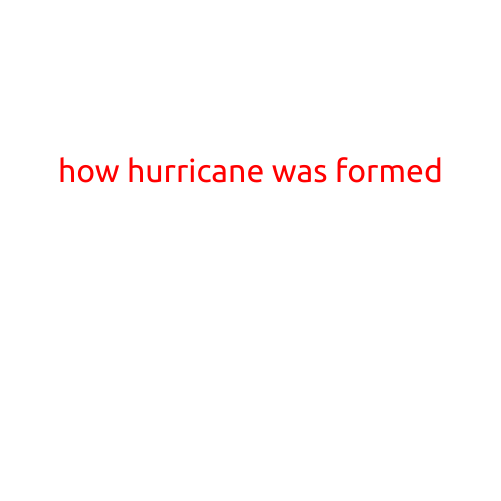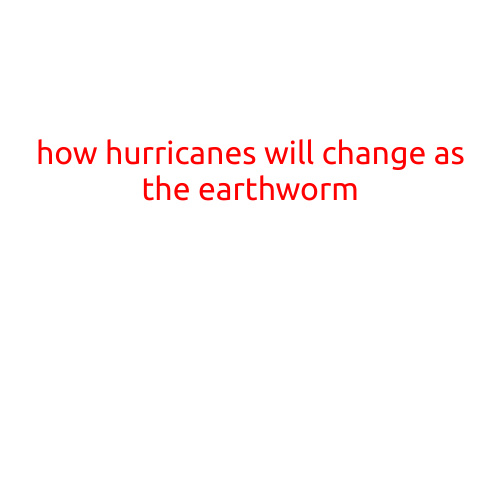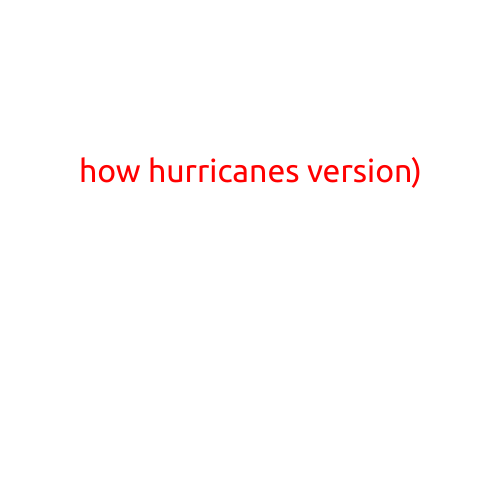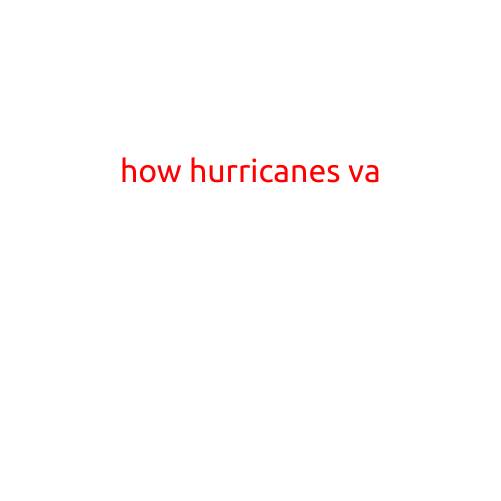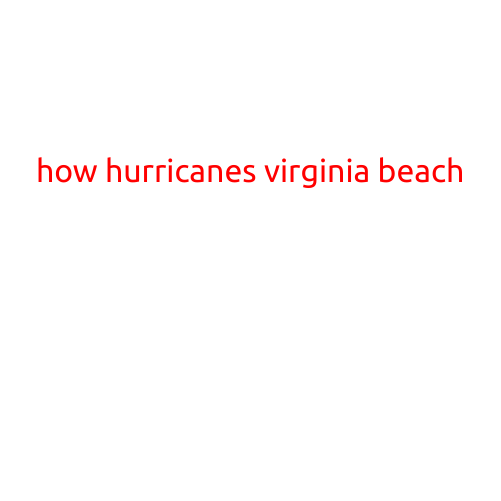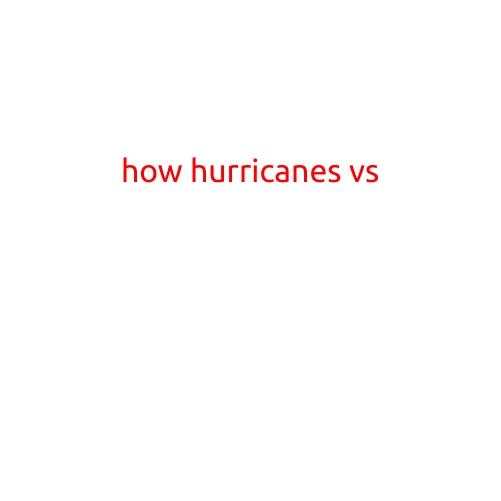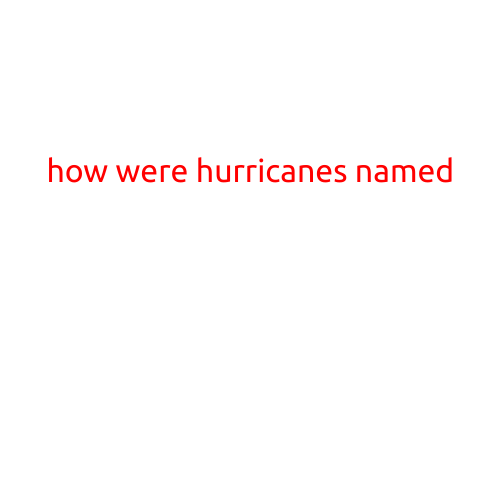
How Were Hurricanes Named?
Hurricanes are powerful and devastating natural disasters that have been affecting countries around the world for centuries. With their intense winds and heavy rainfall, hurricanes can leave a trail of destruction in their wake, causing significant loss of life and property. In order to differentiate between individual storms, the World Meteorological Organization (WMO) assigns names to hurricanes, a practice that has been in place since the early 20th century.
The Origins of Hurricane Naming
The first recorded use of hurricane naming dates back to the early 1900s, when storms were given names like the “Long Island Express” or the “1926 Galveston Hurricane”. These names were often descriptive, indicating the location or characteristics of the storm. However, this practice was not standardized, and different regions used different naming conventions.
Standardization and the Six-Letter Rule
In the 1950s, the US Weather Bureau (now known as the National Weather Service) recognized the need for standardized hurricane naming. In 1953, a committee was formed to develop a list of names for use in the Atlantic Basin. The committee decided to use a list of six-letter names, with each list comprising 21 names. The lists were created to ensure that each name was easy to pronounce and understand, and that no two storms would bear the same name in the same year.
The A- Z List of Names
The first list of hurricane names, known as the “A-List”, was introduced in 1954 and included names like DOLLY, EDNA, and HERMINE. The list was repeated every six years, with the addition of new names. In 1972, the list was expanded to include 21 names, with five lists of names used over a 42-year period.
The Modern Naming System
In 1979, the WMO standardized the hurricane naming system globally, adopting the same lists of names used by the US Weather Service. The lists are alternated between the Atlantic and Eastern Pacific Oceans every year, with the letters Q, U, X, Y, and Z being skipped to avoid confusion. Each list of names is recycled every six years, with the exception of retired names.
Retired Names
When a hurricane causes significant damage or loss of life, its name is retired from the list of available names. This is done to avoid any negative connotations associated with the name, and to show respect for those affected by the storm. The first retired name was “Carol”, which was named in 1954 before the official retires policy was in place.
Modern Challenges and Considerations
As globalization and population growth continue to increase, the need to ensure effective communication and warning systems remains crucial. In recent years, there has been a growing concern about the potential impact of hurricane naming on cultural and linguistic differences. Efforts are underway to develop bilingual and multilingual naming systems, as well as to overcome cultural and linguistic barriers in the dissemination of storm information.
Conclusion
The practice of naming hurricanes has come a long way since its inception in the early 20th century. From descriptive names to standardized lists, the naming of hurricanes is now a global effort, with the WMO playing a key role in coordinating the process. As the threat of hurricanes continues to loom large, the need for effective communication, warning systems, and cultural sensitivity will remain essential in protecting lives and property.
